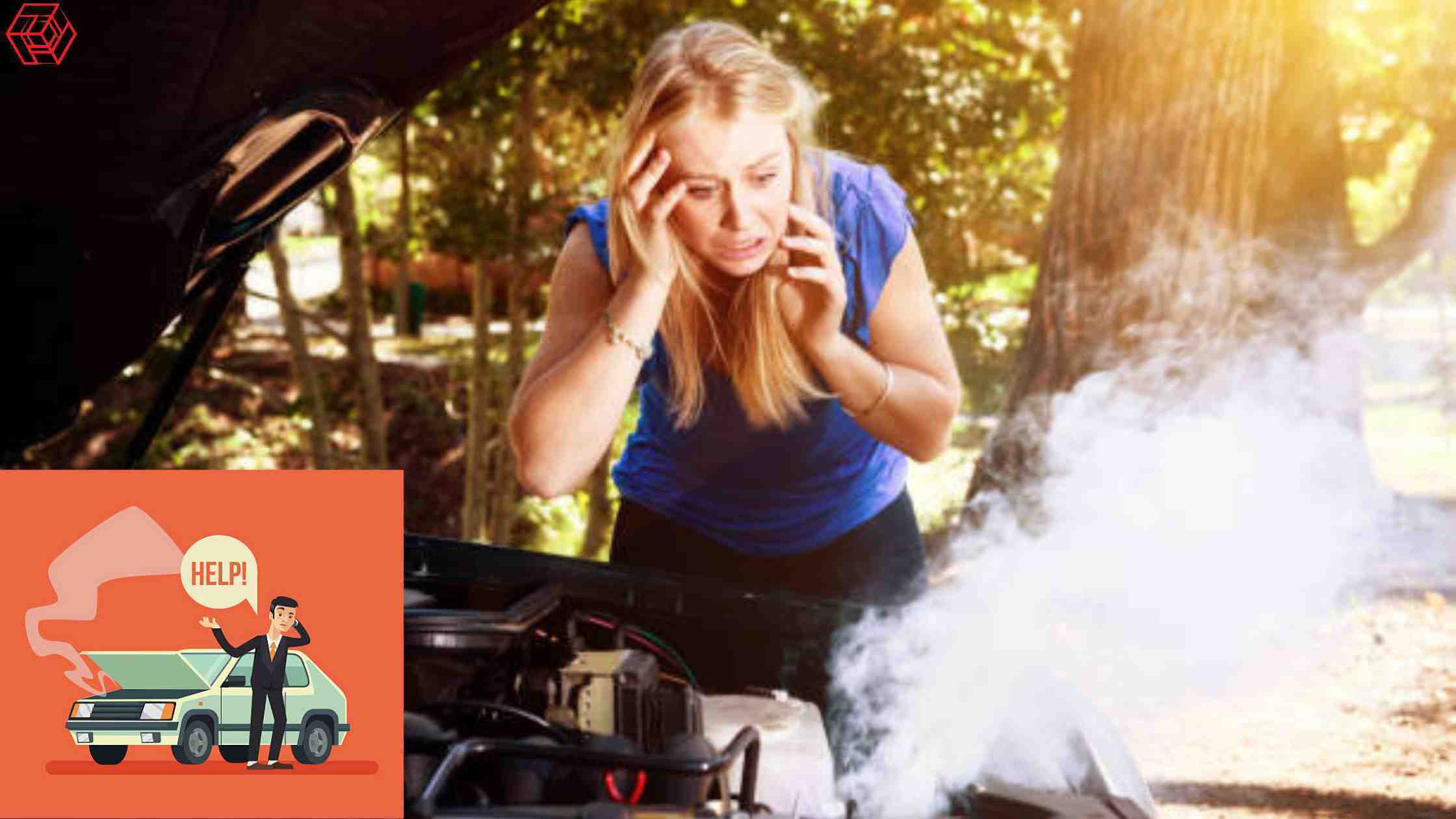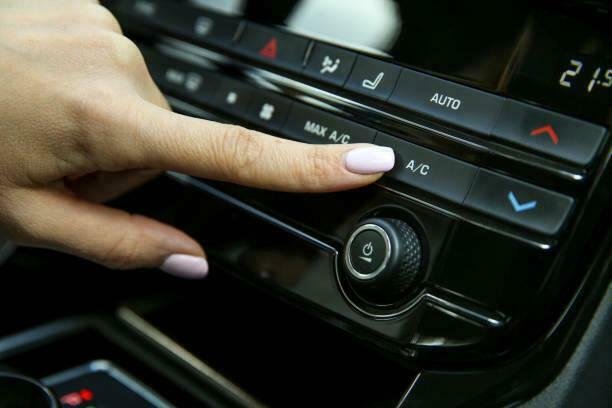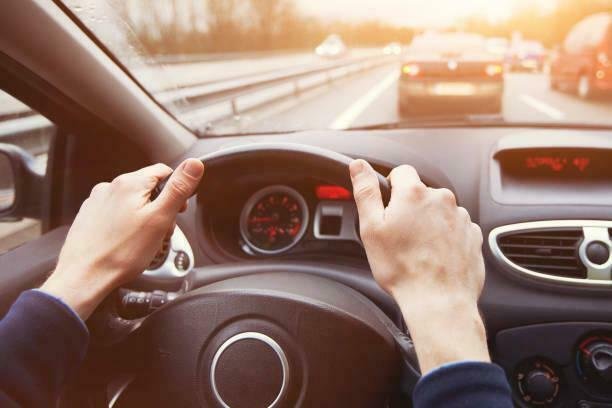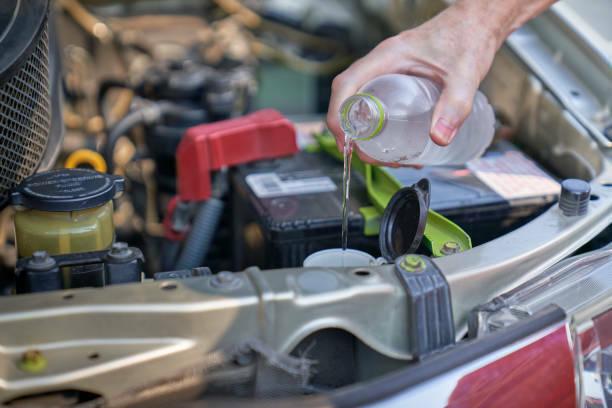
What Should You Do If Your Car Overheats?
There really are lots of reasons why your car could be overheating, but still the basic method involves a fault with car cooling system to stop temperature from exiting the engine chamber. This is frequently caused by a leakage or block in the engine cooling system and other components. And modern automobiles feature advanced cooling systems that include various heat sensors & computer-controlled electric fans to keep your engine running in any condition.
You want to get the engine overheating problem fixed as soon as possible because it might cause serious damage. If your engine is overheated, follow these steps.
Let’s just get started!
In this article
What Are Signs of an Overheating Engine?
- Under the bonnet, there could have been smoke or steam leaking out.
- Whenever the engine temperature indication on your dashboard lights, it signals to indicate your engine has overheated. To understand this symbol, read your instruction manual.
- It will be an unusual smell under the bonnet that you will detect.
1. Turn Off the A/C

Photo Credit: istockphoto.com
You should notice your car overheating, turn off the A/C. They reduce the stress your car engine faces. Turn the knob to heating instead of cooling after you turn it off. If you feel hot in your car engine, however, it will protect your engine from overheating since you will be moving heat away from it.
2. Stop the Car Safe Location

Photo Credit: istockphoto.com
Identify a safe location and turn off your vehicle. Allow your vehicle to cool for 15 minutes. You will notice that the temperature in your automobile has decreased after allowing it to cool down. The temperature should quickly return to normal.
3. Refill the coolant reservoir

Photo Credit: istockphoto.com
It’s possible that your engine’s coolant is low. A rapid refill will prevent your engine from overheating. However, if your water pump’s cooling line is clogged or your radiator fan is malfunctioning, adding coolant will not help. Refer to the owner’s handbook to find out where the coolant tank is or how to refill it.
4. Drive to a service shop

Photo Credit: istockphoto.com
Once the temperature returns to normal, restart your car’s engine. Go to the local mechanic shop and also get your engine inspected. If the temperature in your car climbs again during your travel to the technician, turn off the engine until it cools down.
Extra Instruction
When your car overheats, stop the car before opening the bonnet. You could burn yourself if you come into contact with hot parts or smoke. Allow the engine to cool before identifying what’s wrong.
When your engine is overheated, do not continue driving. Allow your automobile to cool down before resuming your journey to your destination.
Ignore the warning signs and address the overheating problem as quickly as possible, since it can cause irreversible damage to your engine and car.




